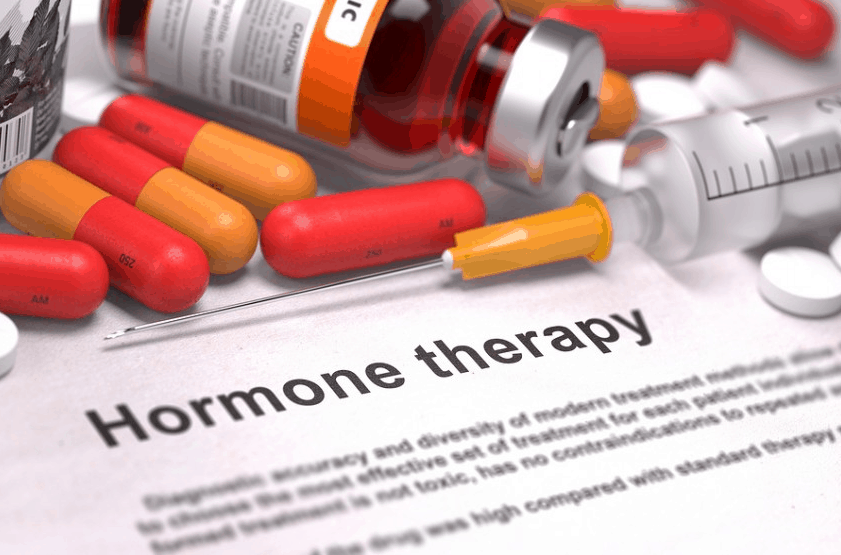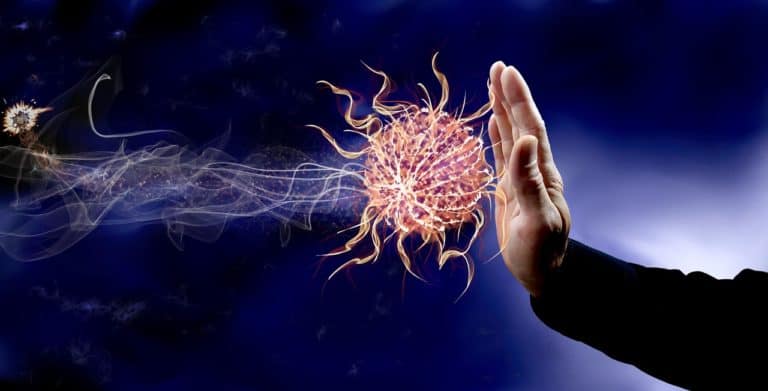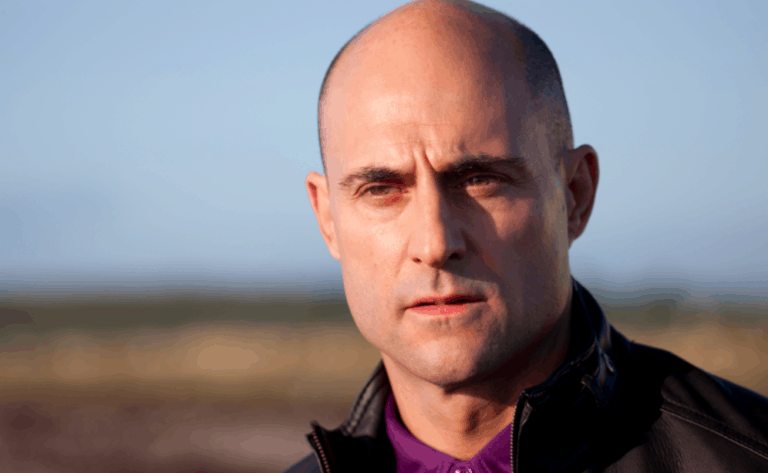After a diagnosis of prostate cancer, your first step toward treatment is to become an informed patient. Your doctor might recommend that you undergo one or several types of hormone therapy. This is also called androgen deprivation therapy (ADT) or androgen suppressive therapy.
Because the cancer cells use testosterone to thrive and spread, the end objective of hormone therapy is to reduce your body’s testosterone levels in order to kill the cancerous cells and stop them from spreading. There are several different types of hormone therapy used for prostate cancer.
Anti-androgen medications
Anti-androgen drugs are taken in combination with other hormone therapies. This is because they block testosterone production in the adrenal gland, but not in the testicles. In some cases, a doctor may prescribe anti-androgens along with an orchiectomy or LHRH analogs (more on those below) as an initial treatment. This is referred to as combined androgen blockade (CAB). Anti-androgens may also be prescribed for a few weeks to prevent a cancer cell flare-up while the patient begins a different course of medication.
Anti-androgens are taken orally, as pills. Examples include flutamide, bicalutamide, and nilutamide.
LHRH analogs
Luteinizing hormone-releasing hormone (LHRH) analogs, also called LHRH agonists, are medications that reduce the testosterone production in the testicles. This type of hormone therapy is also sometimes called chemical castration, because although the testicles are not surgically removed, they will shrink gradually as androgen levels drop. Sometimes they may become too small to even feel.
When LHRH analogs are first administered, testosterone levels will actually increase briefly before declining. This can cause pain, which is why anti-androgens may be prescribed in combination with LHRH analogs. LHRH analogs are administered as injections or implants. You may receive a dose once per month or once per year, depending on the specific drug used. Examples of LHRH analogs include histrelin, triptorelin, goserelin, and leuprolide.
LHRH antagonists
LHRH antagonists are similar to LHRH analogs. However, they do not cause the initial flare-up of testosterone, which may make them more ideal for patients whose cancer has spread to the bones. An example of an LHRH antagonist is degarelix.
Additional medications
Other medications may also be used to treat prostate cancer. Examples include ketoconazole, which is often used for treating fungal infections. Ketoconazole also blocks androgen production. Your doctor may recommend this medication if you have recently diagnosed advanced stage prostate cancer, because it will help lower your testosterone levels rapidly. If you have previously used other forms of hormone therapy and they are no longer effective, ketoconazole may also be an option for you.
Also ask your doctor about some of the newer types of hormone therapy drugs, including abiraterone, which blocks the production of a specific enzyme in order to block testosterone production.
Orchiectomy
Another possibility is an orchiectomy, or surgical castration, in which the testicles are removed. This is done in order to halt the majority of androgen production so that the tumors shrink or stop growing for a while. An orchiectomy is a simple surgery that is usually performed on an outpatient basis. The downside to surgical castration is that unlike other forms of hormone therapy, it is permanent.
Read more in our Prostate Cancer Health Center.







